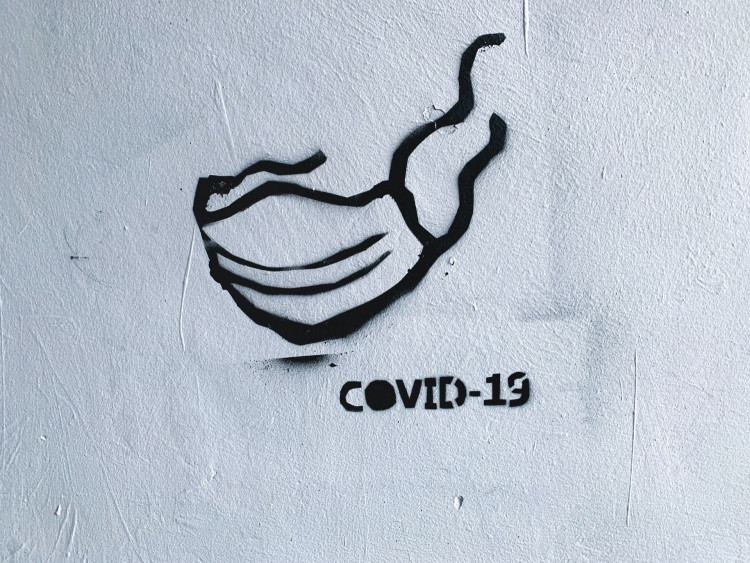Faster spreading coronavirus variants are making people wonder if they should upgrade their mask, or double up on the ones they already own.
What's safer, an N95 mask or two blue surgical masks?
Using two face masks or double masking will greatly minimize the exposure of a person to coronavirus particles, according to a new study by the Centers for Disease Control and Prevention. The CDC study is the first of its kind by the agency, directly discussing mask-wearing strategies and their efficacy.
When two people exercise either of the above approaches, the exposure of viral particles between them is reduced by more than 95%-more than twice as effective as the 42%-44% efficiency seen by the CDC in single surgical masks and single cloth masks.
Medically speaking, using extra layers can create a stronger barrier to stop germs and viruses from creeping or spreading. It also does a better job of controlling contagion.
In light of recent studies that have detailed the infectiousness of newer COVID strains and mutations, a strong preventive plan should be adopted.
The ones who will benefit most from double masking will be those who face the most dangers, right on the frontline. Healthcare workers, sanitation workers, essential staff, or people in contact with a lot of other people on a daily basis, have been practicing the trend for quite a while now.
Double masking is also recommended if you are unsure about the quality or usability of your mask. That being said, a mask (or two) would only benefit if you use it correctly. If your masks keep your nose and mouth uncovered, or if there's still room for germs to crawl in, it serves no purpose.
One of the most critical things, therefore, to ensure while layering masks would be to see if your nose and mouth are well-covered, and there is no porous, open space for the virus to crawl in or escape.
The CDC ultimately recommends two options to strengthen how well face masks can protect you: either by double masking (or wearing a cloth mask above a disposable surgical mask) or by knotting and tucking the ear loops on a single surgical mask.






